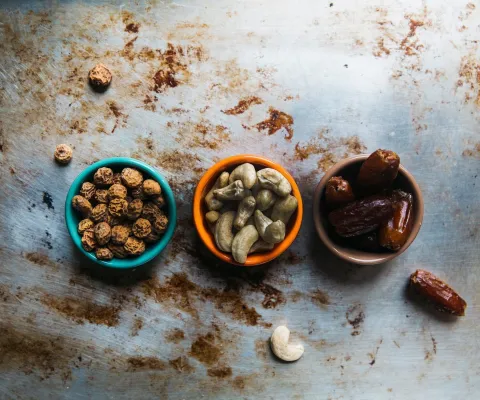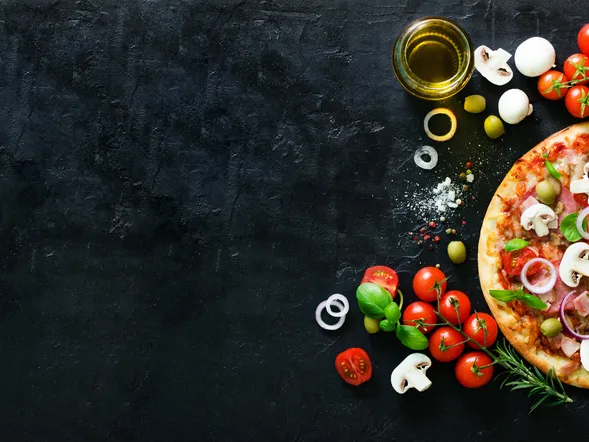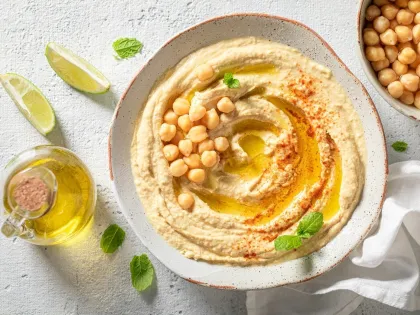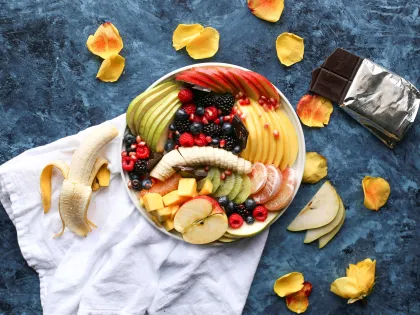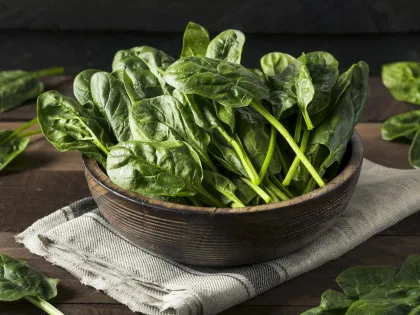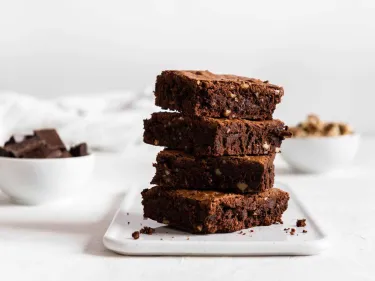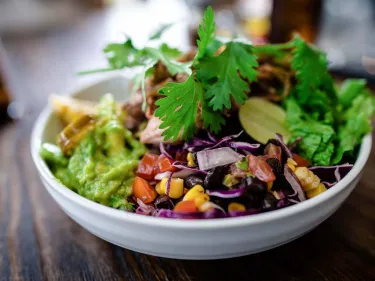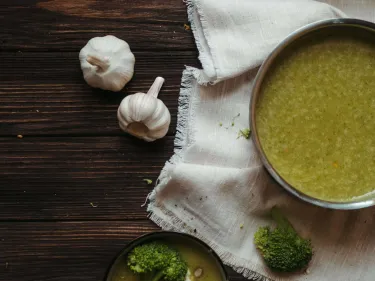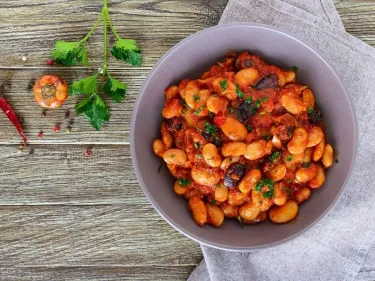February 9th is International Pizza Day and at No Money No Time we are fans of pizza!
They are versatile and can come together quickly using fridge, freezer and pantry staples and can be low cost.
In honour of International Pizza Day, we’ve pulled together some interesting facts about pizza and how you can make pizzas at home that will save your budget, tick off on some nutrition targets, and importantly still taste great!
Where did pizza come from?
The evolution of what we call pizza today began thousands of years ago. In Ancient Greece they ate flatbread with an oil topping, whilst the Ancient Romans created focaccia as a cheap staple for those in lower and middle classes.
In Naples, Italy in 1889, the first pizza to resemble the pizza that we often see sold today was created. As the story goes, Neapolitan pizza maker Raffaele Esposito created a pizza to honour the Queen consort of Italy, Margherita of Savoy. He named it Pizza Margherita and topped it with tomatoes, mozzarella, and basil to represent the flag of Italy.
The Modern-Day Pizza revolution
The pizza that we see sold in shops today has expanded beyond these simple traditional styles, to use a variety of types and styles of pizza base, to any combination of toppings. The result is the widespread availability of pizza, from fast-food outlets such as Dominos and Pizza Hut, to gourmet wood-fired pizzas at restaurants. Across Australia, there is a total of 5,690 pizza stores. Fast-food chains including Dominos, Pizza Hut and Crust Gourmet Pizza Bar have become three of the biggest pizza franchises in Australia with the cost of a Margherita pizza in Australia ranging ranges from $5 - $15
How do commercial pizzas stack up nutritionally?
Pizza can be energy dense due to the type of pizza base used, and the use of energy-dense toppings such as cheese, meat, and sauces, with few to no vegetables. Often ham, salami, cabanossi, and the heavy use of cheese can mean that commercially made pizzas are high in saturated fats and salt.
How to make a healthy homemade pizza?
Making pizza at home is often cheaper than buying it from the store and is an opportunity to include exactly the ingredients that you want, and pack in nutrient-rich core foods by adding fruits, vegetables and using lean protein and reduced fat dairy or alternatives. A healthy eating pattern that is high in these nutrient rich core foods and low in energy-dense nutrient poor foods can reduce the risk of chronic disease including heart disease, diabetes and stroke.
The key to a good pizza at home is stocking your pantry, fridge and freezer with ingredients that you can pull together, with any leftover foods in your fridge so a healthy YUM pizza can be thrown together on autopilot.
We've created this handy guide to help you build a healthy homemade pizza, with more information below.
1. Choose a wholegrain or wholemeal base
Just as the ancient Greeks and Romans improvised when it came to the pizza base, be creative using what you have on hand. A pizza base can be made from a variety of different staple foods, including wraps, bread rolls, pita bread, naan bread, or a slice of bread. Choose a wholegrain base where possible to increase your fibre intake, and to help you feel fuller for longer.
2. Add a sauce
Whether it be a simple passata, basil pesto or roast capsicum sauce a pizza sauce is only limited to your imagination. Some top tips to choosing a pizza sauce:
- If making a homemade tomato sauce, crush tomatoes for additional vegetables and add spices and herbs for flavour.
- If using a store-bought sauce look for a low salt and/or no added salt alternative. Aim for < 120 mg per 100g.
- Look for sauces that have less than 3g per 100g of total fat, and less than 1.5 g per 100g of saturated fat. Oil or cheese-based sauces like pesto or ricotta are naturally high in fats, aim to choose options that are higher in unsaturated than saturated fats.
Find some more tips and trick on choosing healthy versions of sauces, condiments and seasonings here.
3. Toppings
The best thing about homemade pizza is that there are no rules to what you can and can’t add! Vegetables on pizza not only add colour but flavour, texture, and a great opportunity to use up what is in the fridge. Lean meats and alternatives including chicken or turkey breast, seafood or a lean beef mince are a great source of protein and a healthier alternative for processed meats like ham, salami and cabanossi. Just remember to cook them first.
4. Choose reduced fat cheese
Use a reduced fat version of your favourite cheese, and experiment with different types of cheeses. Choose sharper, stronger flavoured cheeses such as cheddar and parmesean, which will likely mean you need less, or use a combination of lighter cheeses such as ricotta, mixed with a sharper cheese.
For a cheese free pizza, use nutritional yeast, sprinkling of nuts, or a dairy free dip such as hummus to add flavour.
5. Make some for later!
Pizzas created following this guide are more likely to resemble a balanced meal, so plan to make extras and keep in the fridge for leftovers the next day. Reheat leftover pizza in the oven, air fryer or microwave, or eat it cold!
If you need a little more direction, try one of these pizza recipes below:
